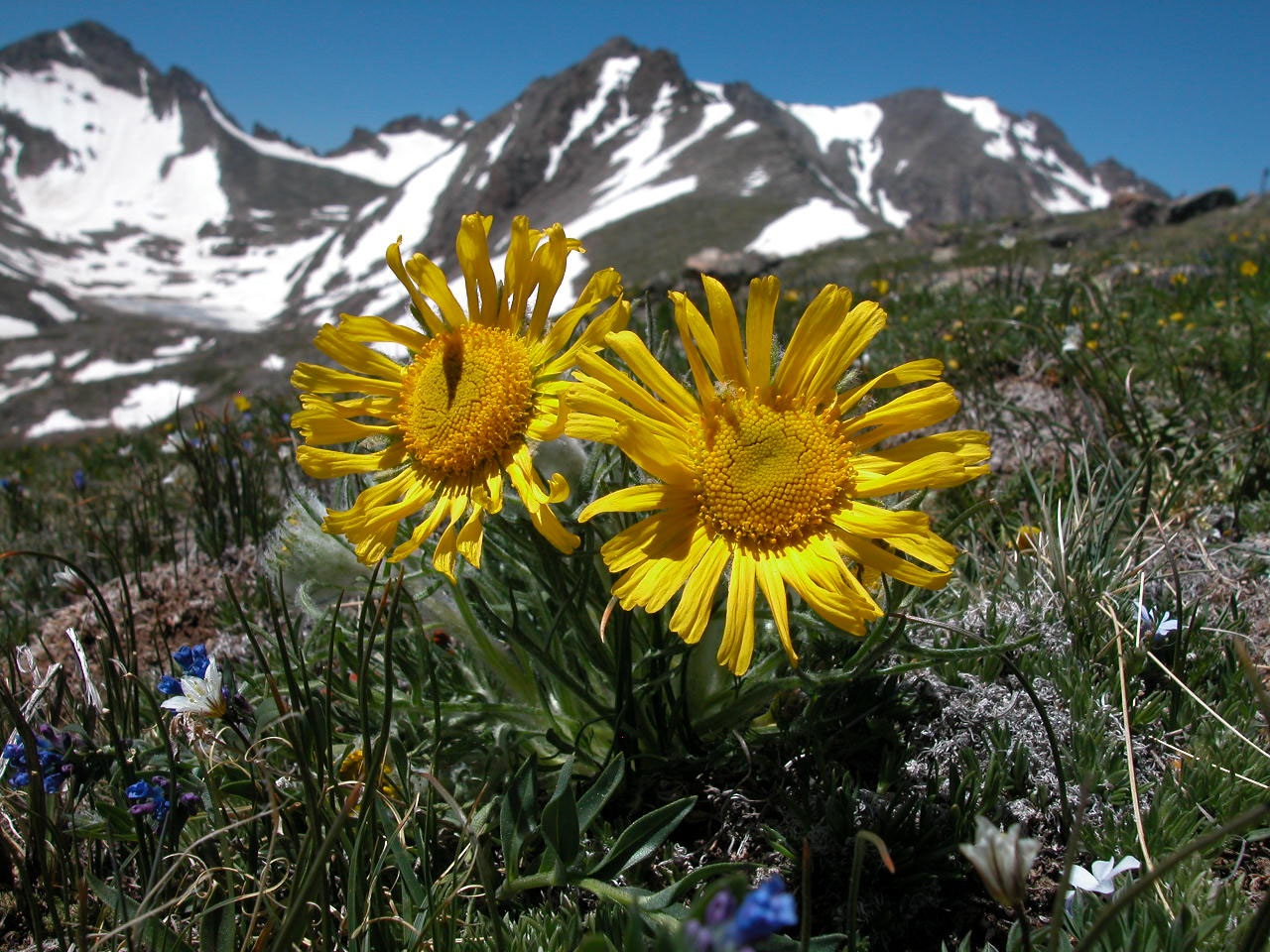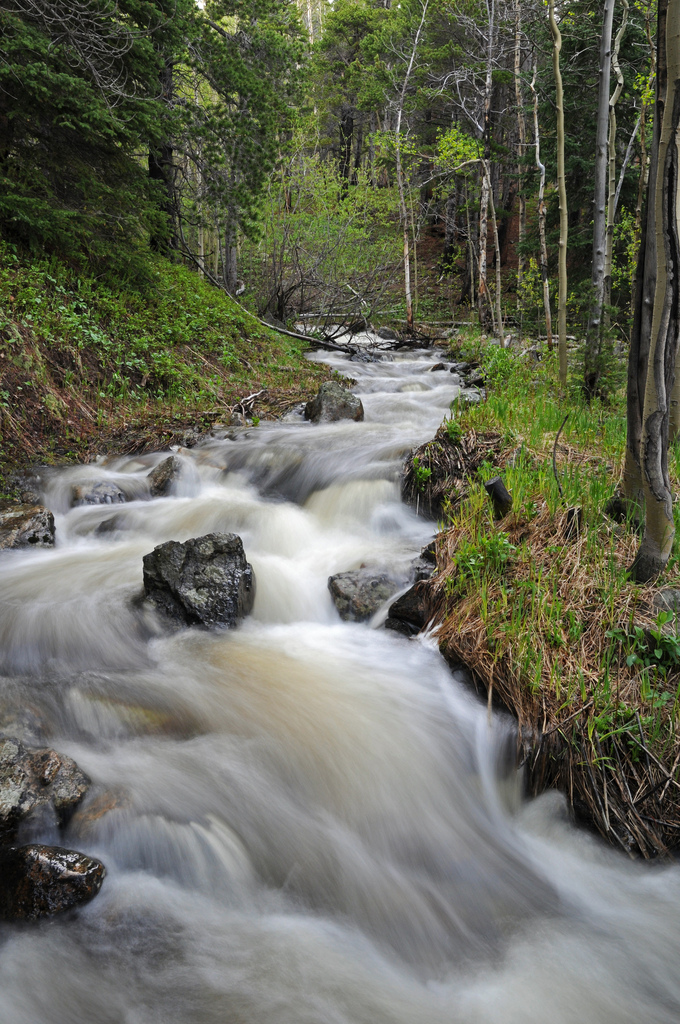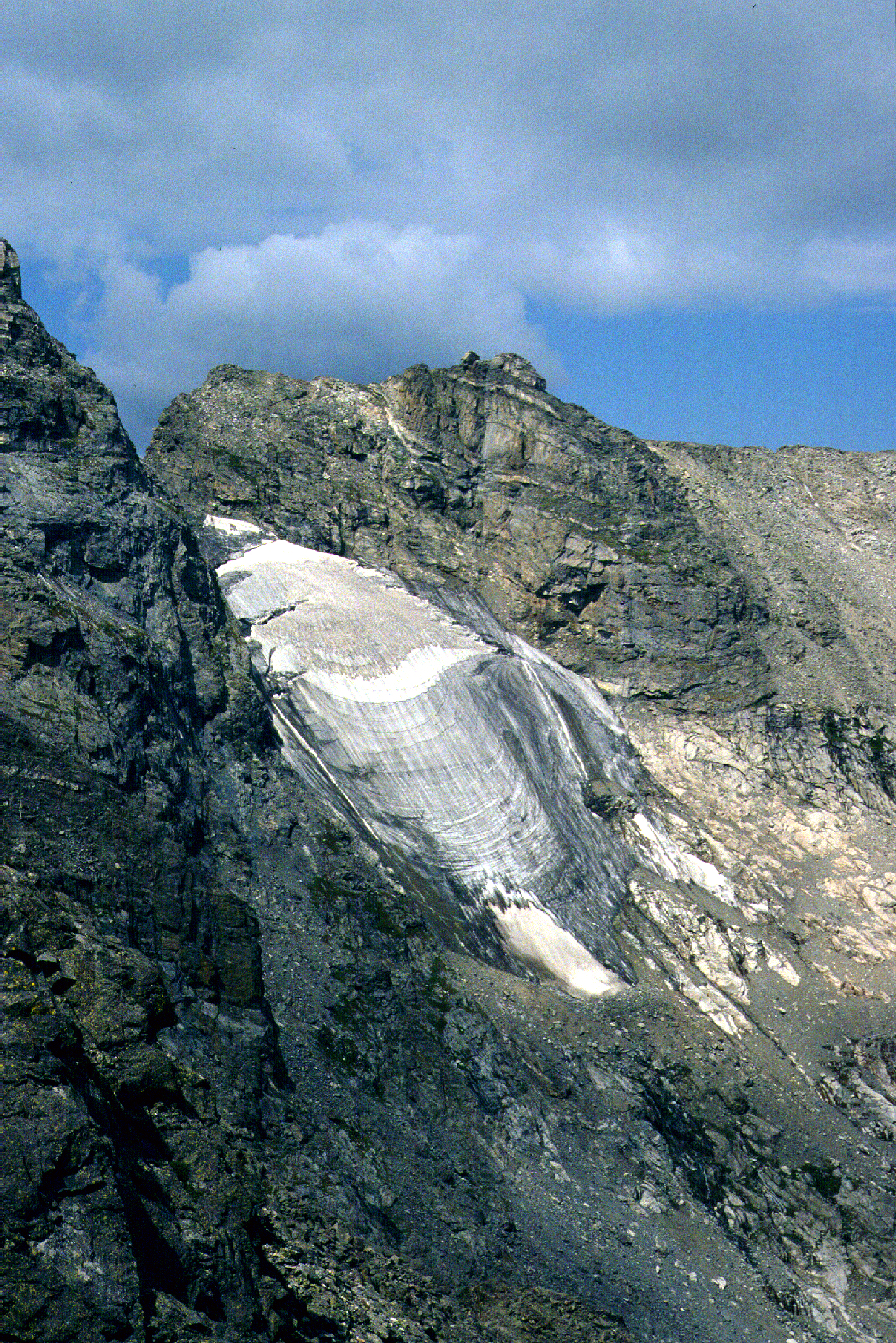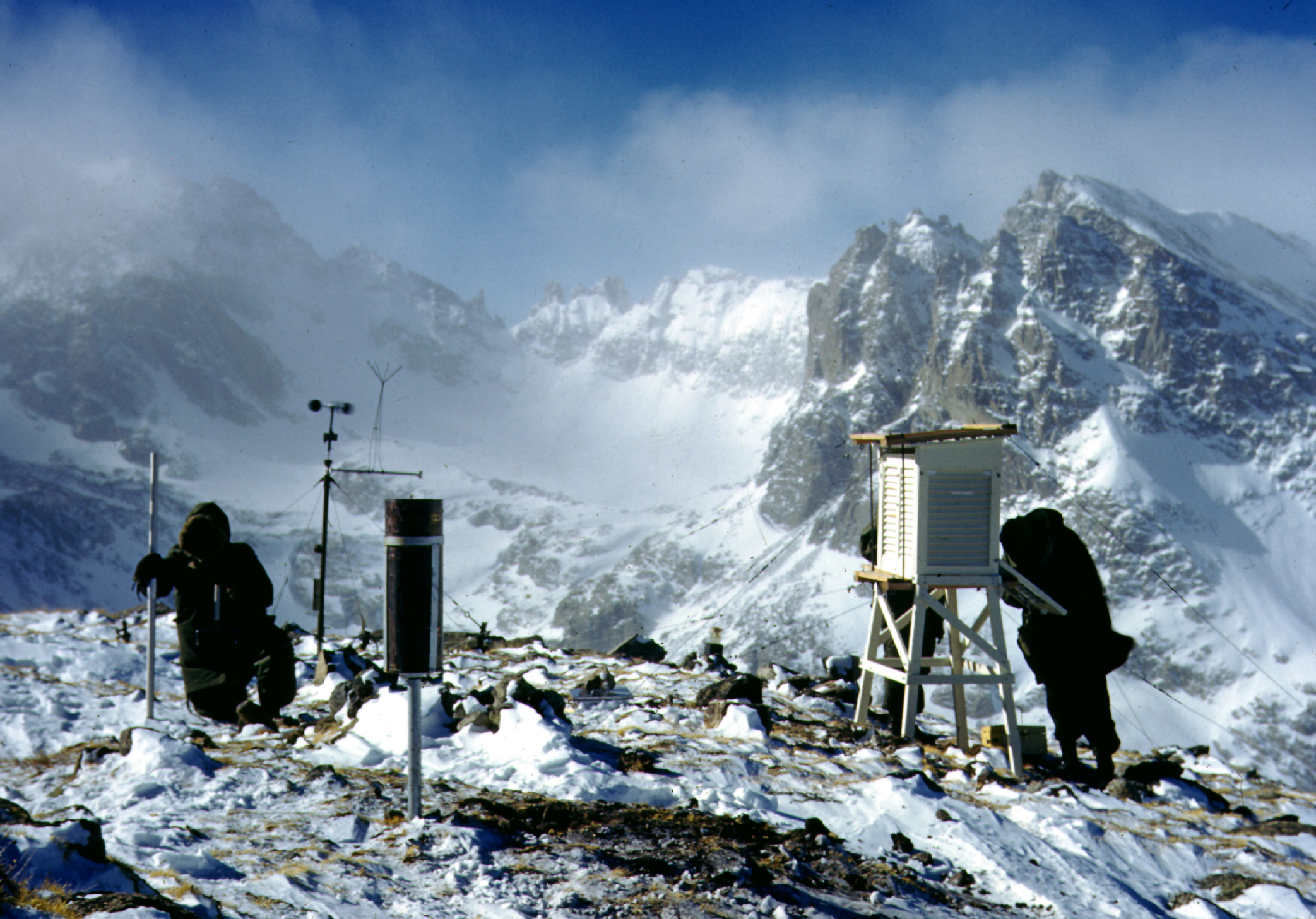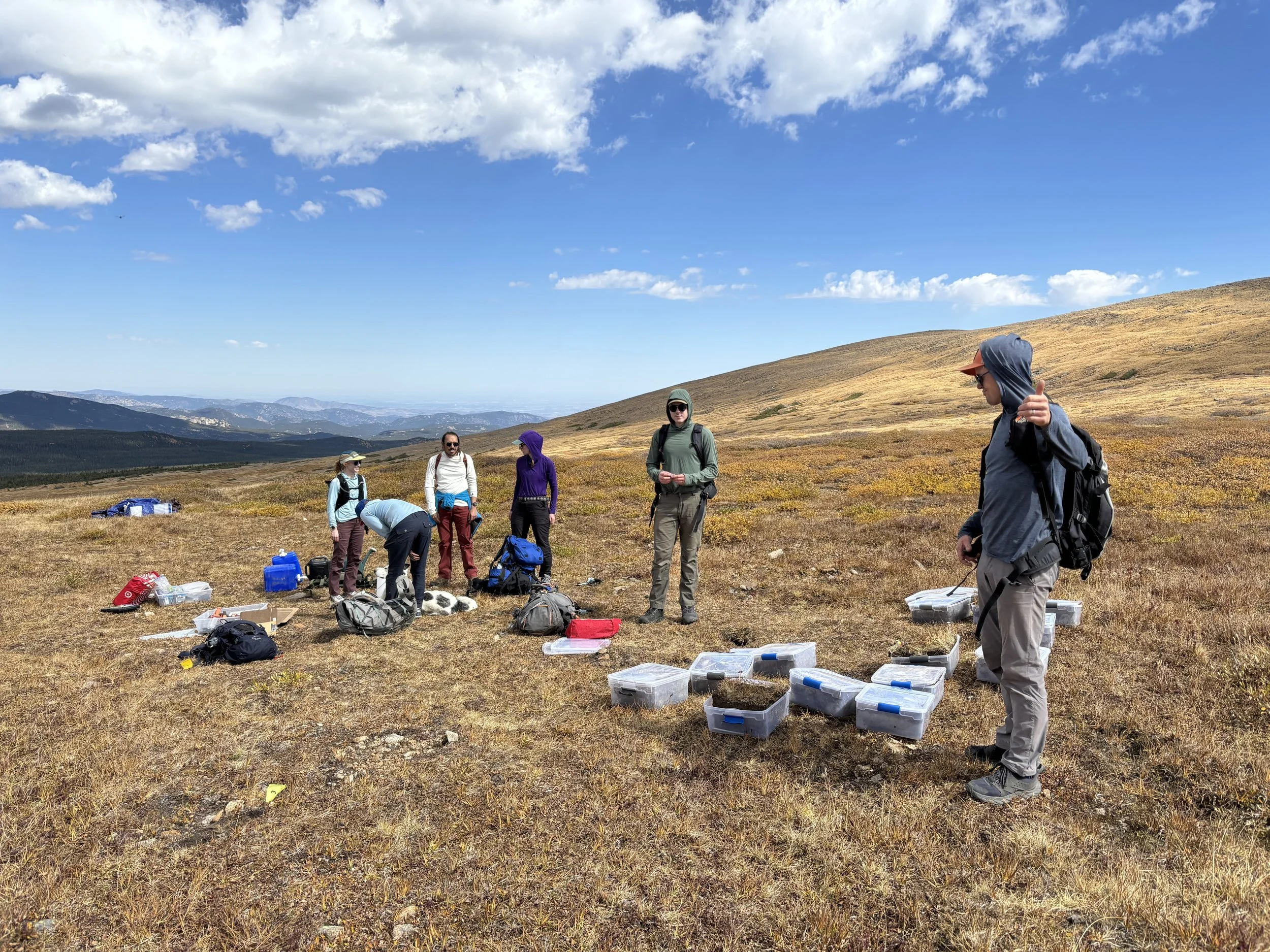Mountains are among the most fragile environments on Earth
Full of biodiversity and resources, mountains provide services that both human and ecological communities depend on. However, mountains are under immense pressure from changing biogeochemical and climate conditions. Our goal is to 1) track changes in mountain resources like snow, nitrogen, and phosphorus over time, and to 2) understand how limited resources are connected across a variable landscape.


